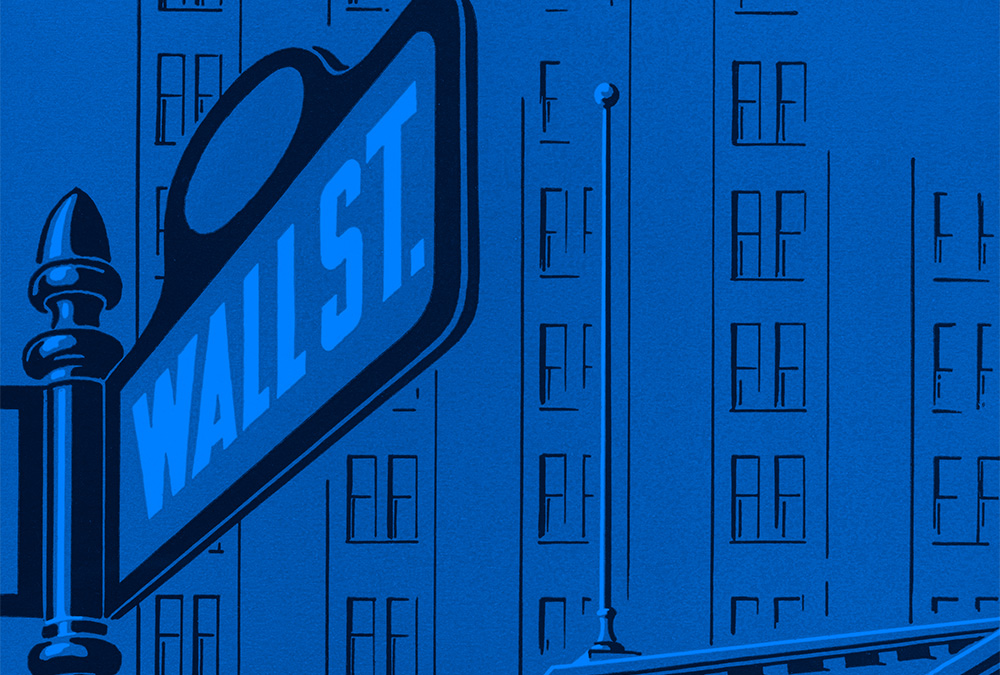A recessionary labor market
There is no doubt that the Canadian labor market is in a downturn as employment has declined in two consecutive months (41,000 in July followed by another 66,000 in August). In fact, total employment is now slightly lower than in January.
The unemployment rate has increased from a low of about 5% in mid-2022 to 7.1% in August. As the jobs market has cooled, young workers have been bearing the brunt of the burden. Youth unemployment has risen by more than 4 percentage points over the same period, but it is not just younger workers and marginalized groups who are facing a tougher labor market; middle-aged workers have also seen their unemployment rate increase from just over 4% in 2022 to 6.1% in August.

The Canadian labor market is now facing a broad slowdown affecting workers of every age group and all sectors. Employment of middle-aged workers (25 to 54 years old) contracted by 16,000 in July, followed by a further decline of 93,000 in August.

Employers are not creating enough jobs for the growing labor force
Canada has historically been a high-immigration country, but following the pandemic immigration surged to unprecedented levels. Since 2022 net migration has exceeded 300,000 people per year, corresponding to an annual inflow of nearly 1% of the total population. While those inflows were manageable when the economy was booming, the current economic slowdown means that labor demand is insufficient—employers are simply not creating enough jobs to keep pace with the rapidly growing population. Since July 2022 the labor force has expanded by about 1.8 million people, while total employment has only increased by 1.2 million, leaving an additional 600,000 people unemployed.

Hiring demand has fallen quickly
Job openings have weakened substantially since the hiring boom in 2022. Over the last year alone total vacancies have fallen by another 10%, and in most sectors job openings are now slightly below pre-pandemic levels. Like many other economies, white-collar job postings in Canada continue to be depressed as the struggling economy together with emergent AI have created weak hiring demand for roles in tech, finance, marketing, consulting, and similar occupations. Vacancies for graduate and entry level positions have plummeted as younger workers are facing the toughest labor market since the Great Recession.

The PMI (Purchasing Managers Index) Employment Measure has fallen to its lowest level since the pandemic, indicating further layoffs ahead (values below 50 indicate that employment is contracting).

Trump’s policies are wreaking havoc
One of the main reasons for Canada’s struggling economy is, of course, the U.S. trade war. Canada is probably the country that is the most exposed to Trump’s policies: About 75% of all Canadian exports are heading to America.
While in theory Canada is facing a 35% tariff rate, about 90% of goods are exempt and can enter the U.S. free of charge, and energy only faces a 10% tariff. This creates an average effective tariff rate of about 5 to 6%, according to some estimates.
The bigger economic impact is probably coming from the massive increase in economic uncertainty that Trump’s policies have unleashed on a global level. Decision makers in international corporations are currently opting for a “wait-and-see approach” and have scaled back investments and hiring accordingly. Economic policy uncertainty in Canada has surged to a record high, dwarfing the increase during the pandemic. Canadian companies have no choice but to wait it out and observe how Trump’s economic policies will pan out.
Furthermore, the current slowdown of the U.S. economy and labor market is creating negative spillover effects for Canada’s businesses as well, given their reliance on the American market.

The bursting housing bubble and balance sheet recession
However, the U.S. administration’s policies are not the only problem—or even largest one—that Canada’s economy is facing. The housing market has seen in recent decades an incredible house price bubble. Between 2000 and 2022, house prices increased by more than 230%—and that is adjusted for inflation! By comparison, U.S. house prices rose by less than 70% during that time.
Meanwhile, private sector debt is among the highest in the world. It increased by about more than 65% between 2000 and 2020 (compared to less than 20% in the U.S.). This was mostly a function of ballooning mortgages, as the massive house price surge required new homeowners to take on more mortgage debt to get on the housing ladder. At the same time, ever-appreciating homes served as collateral for the new debt that was created, leading to a feedback loop between rising house prices and higher indebtedness.
Now, the housing market has crashed down to reality. Since early 2022, Canadian house prices have fallen by almost 25%. Private sector debt has contracted by more than 10%. The weak economy has popped the bubble, which in turn is reinforcing the current economic contraction.

For many years, especially at the peak of the bubble, Canadian households were spectacularly poor savers. No wonder, since household wealth was surging rapidly due to the housing boom. That trend has now reversed. Household net saving surged to insanely high levels during the pandemic lockdowns and has remained elevated ever since, currently standing at an annual rate of close to 90 billion Canadian dollars (compared to less than 20 billion dollars throughout 2018 at the height of the bubble).

As their financial wealth is plummeting, Canadian households have started to save significantly more than before the crisis. While this is prudent on an individual level, depressed consumption is currently reinforcing the negative economic cycle and creating further weakness in the labor market. This is sometimes called a “balance sheet recession”: households and companies prefer paying down debt over spending and investment. While higher savings make sense individually, aggregated nationwide it leads to an adverse outcome because spending plummets (ergo recession).
What does that mean for recruiters?
Expect a bumpy ride ahead! While the OECD has forecasted flat growth for the remainder of the year, the worse than expected Q2 GDP figure puts that projection into doubt. Given current labor market dynamics—job losses, a rising unemployment rate, and weak job posting trends—it shouldn’t come as a big surprise if the Canadian economy falls into a recession after all. From a jobs market perspective, we are already there, which is precisely why the Bank of Canada will likely cut interest rates in September to cushion the economic fallout.
For recruiters, this means that hiring activity is unlikely to pick up any time soon. One might even expect some further declines in vacancies until the end of the year. The availability of candidates, on the other hand, is surging. If you are still recruiting in Canada, then supply of talent should not be such an issue anymore. The trick is to find the right candidates for your open positions.







